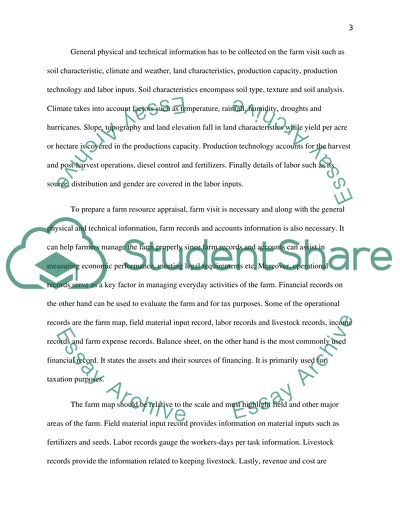Cite this document
(“Farm Resource Appraisal Essay Example | Topics and Well Written Essays - 2000 words”, n.d.)
Retrieved from https://studentshare.org/agriculture/1455432-farm-business-management
Retrieved from https://studentshare.org/agriculture/1455432-farm-business-management
(Farm Resource Appraisal Essay Example | Topics and Well Written Essays - 2000 Words)
https://studentshare.org/agriculture/1455432-farm-business-management.
https://studentshare.org/agriculture/1455432-farm-business-management.
“Farm Resource Appraisal Essay Example | Topics and Well Written Essays - 2000 Words”, n.d. https://studentshare.org/agriculture/1455432-farm-business-management.


